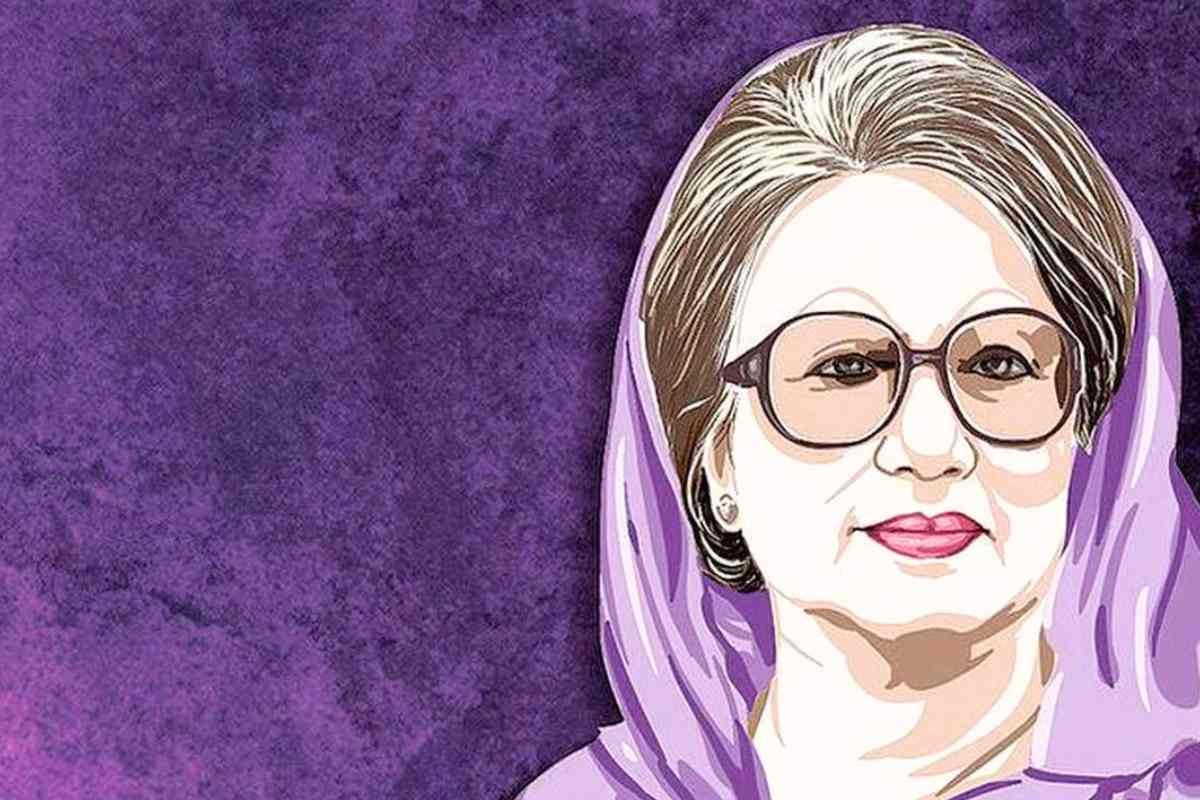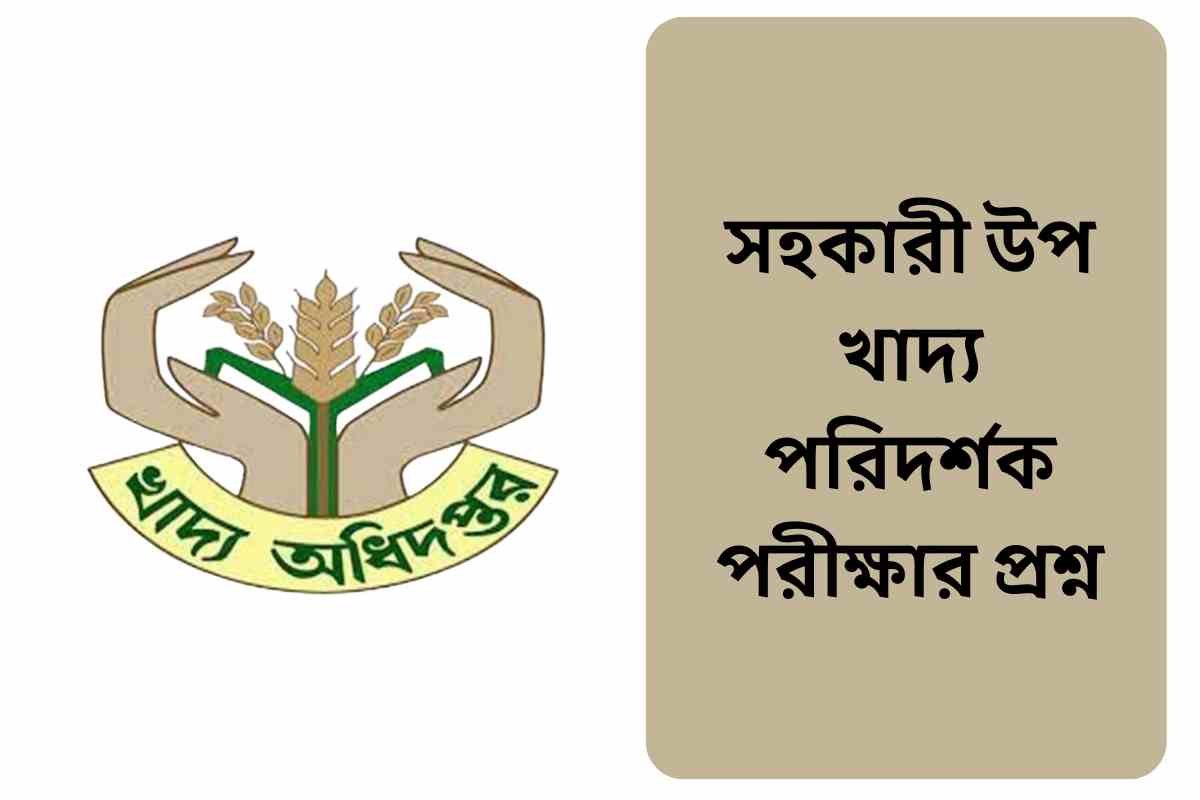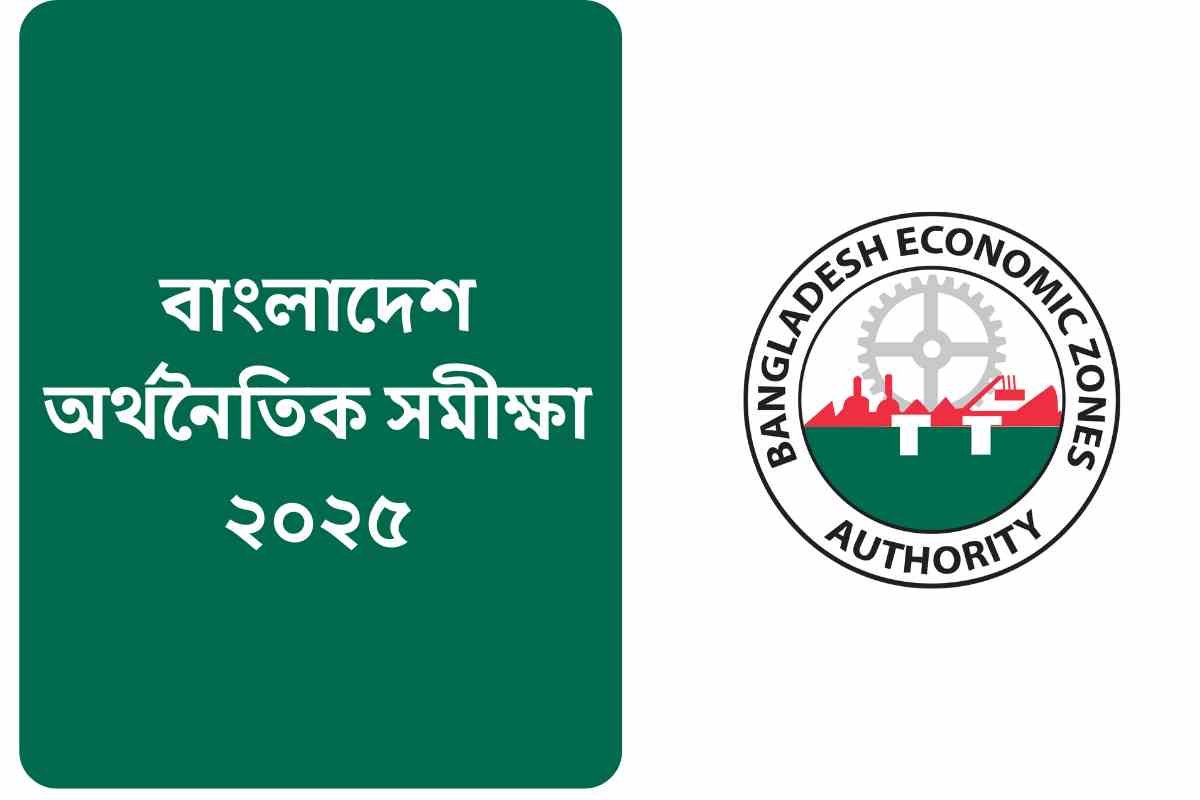Bangladesh Economy Growth 2022 | Bangladesh GDP

Bangladesh Economy Growth: Bangladesh has a remarkable history of expansion and Bangladesh GDP growth. Over the past ten years, it has had some of the world’s fastest economic growth, helped along by a demographic dividend, substantial ready-
made garment (RMG) exports, remittances, and stable macroeconomic circumstances.
Bangladesh Economy Growth 2022
After the COVID-19 outbreak, the nation’s economy recovered quickly. Bangladesh’s great tale of progress and social
equity is told to the globe. Bangladesh, which was one of the poorest countries when it was founded in
1971, attained lower-middle income classification in 2015. It is expected to leave the UN’s list of least
developed nations (LDC) in 2026. Based on the international poverty level of $1.90 per day, poverty
decreased from 43.5 percent in 1991 to 14.3 percent in 2016. (Using 2011 Purchasing Power Parity
exchange rate). Furthermore, there was improvement in many areas of human growth.
Challenges-The COVID-19 pandemic has had a significant impact on Bangladesh economy, as well as other
nations, limiting economic activity and reverting some of the advances made over the previous ten
years. As pandemic-related limitations were relaxed, real Bangladesh GDP growth improved to 6.9 percent in FY21,
driven by a recovery in the industrial and service sectors. Exports and private consumption drove rise in
demand. The first dosage of the vaccine has already been administered to more than 75% of the
population overall. However, the rise in global commodity prices and the resulting uncertainty brought
on by the Russia-Ukraine war provide additional challenges for its development.

Bangladesh GDP Per Capita
Bangladesh gdp per capita: Bangladesh aims to design jobs and work opportunities through a competitive market, increasing capital and skilled workforce, efficient infrastructure, and an institutional framework that attracts private
investments in order to realize its vision of trying to reach upper middle-income status by 2031.
Expanding exports outside the RMG industry, developing the financial sector, improving the
sustainability of development, and expanding public institutions are other development goals. Closing
connectivity gaps will promote growth and decrease opportunities’ geographical differences between
and within cities. By treating its risk to natural disasters and climate change, Bangladesh can continue to
develop its resistance to shocks in the future. Making the switch to green growth would help ensure the
long-term viability of development results for future generations.
Bangladesh Economy Growth in 2017 – 2022
Economic situation-In its World Economic Outlook, 2018, the International Monetary Fund (IMF)
placed Bangladesh as the world’s 44th-largest economy in terms of nominal GDP in 2017 and 32nd in
purchasing power parity ( ppp. In FY 2018–19, the nation’s gross domestic product increased to
US$302.6 billion from US$72 billion in FY 2005–2006.
The primary export of Bangladesh is ready-made clothing (RMG), which reached US$34 billion in 2018–2019 and accounted for 84.21 percent of all exports. RMG employs four million people, eighty percent of whom are women. In the 2017–18 fiscal Year, Bangladeshi expats paid remittances of US$15 billion, which also serves as a crucial economic pillar
for the nation.
Vision 2021 and Digital Bangladesh, the government of Bangladesh’s twin policy objectives, call for
Bangladesh to achieve middle-income status by 2021 and developed status by 2041. Bangladesh was
elevated by the World Bank to Lower Middle-Income status in 2015, and by 2030, it was predicted to
rank as one of the world’s top 24 economies. The UN Committee on Development Policy (CDP)
determined that Bangladesh qualified to graduate from the LDC category to the developing nation
category in 2018.
In 2019, the actual per capita income is $1,909 USD (in real terms). A sizable middle class makes up over
18 percent of the total population of Bangladesh. Domestic demand is increasing and is becoming a key
driver of economic activity as a result of the developing middle class and generally higher income levels
of the general populace. Finished leather, jute and jute products, light and medium industries,
information technology, light engineering items, and small ocean-going vessels are among the products
for which Bangladesh has now established itself as a significant manufacturing base. Bangladesh is now
the second-largest exporter of clothing in the world. In 2018–19, Bangladesh reported export revenues
of US$ 40.54 billion (fob), while import bills (CIF) were US$ 56.06 billion for the same periods.
Petroleum products, capital goods, industrial raw materials, and agricultural products make up the
majority of the import list’s items.
In the fiscal year 2018–2019, Bangladesh’s foreign exchange reserves reached a respectable level of
US$32.71 billion, while its remittances increased by 9.8 percent, hitting a record high of US $16.4 billion.



